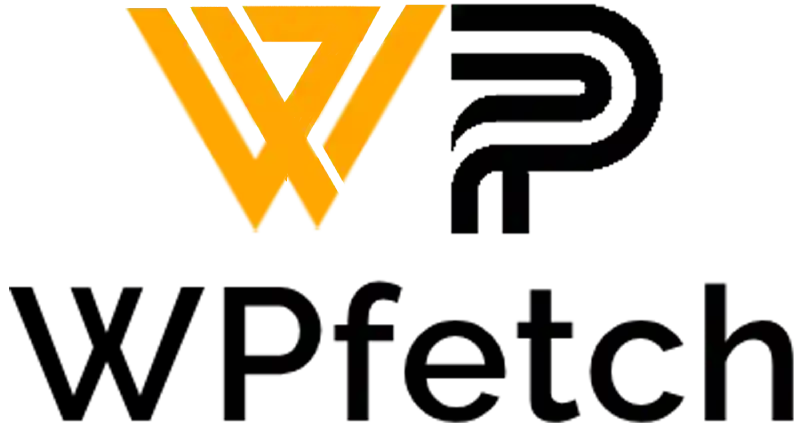The Internet of Things (IoT) has transformed the way we interact with the digital and physical worlds, and WordPress blocks are now playing a crucial role in bridging the gap between websites and IoT devices. In this blog post, we’ll delve into the exciting synergy between WordPress blocks and IoT, offering practical tips, valuable insights, and relevant code snippets for developers looking to harness the potential of IoT in their WordPress projects. Whether you’re a novice or an experienced WordPress developer, get ready to explore the interconnected world of WordPress blocks and IoT.
1. Understanding the Intersection of WordPress Blocks and IoT
Insights:
WordPress blocks can serve as dynamic interfaces for controlling and monitoring IoT devices. The block editor’s flexibility allows developers to create intuitive interfaces for managing IoT functionalities.
Practical Tips:
- Choose IoT Protocols Wisely: Understand the communication protocols used by your IoT devices (e.g., MQTT, CoAP) and ensure compatibility with your WordPress environment.
2. Setting Up WordPress for IoT Integration
Insights:
Preparing your WordPress environment for IoT involves integrating communication libraries, configuring security measures, and creating custom blocks for IoT control.
Practical Tips:
- Enqueue IoT Libraries: Include necessary IoT communication libraries in your theme’s
functions.phpfile to enable seamless interaction with IoT devices.
Code Snippet:
// Enqueue MQTT library in WordPress
// Add this code in your theme's functions.php file
function enqueue_iot_libraries() {
wp_enqueue_script('mqtt', 'https://cdn.jsdelivr.net/npm/mqtt', array(), '2.18.0', true);
}
add_action('wp_enqueue_scripts', 'enqueue_iot_libraries');
3. Creating Custom Blocks for IoT Control
Insights:
Developing custom blocks for IoT control involves defining the block structure, integrating IoT logic, and handling user interactions to control IoT devices.
Practical Tips:
- Implement AJAX for Real-Time Updates: Utilize AJAX requests to achieve real-time updates between the WordPress interface and IoT devices without refreshing the entire page.
Code Snippet:
// Example of a custom IoT control block in JavaScript
// Add this code in your theme's JavaScript file
const IoTControlBlock = (props) => {
// IoT control block rendering logic
return (
<div className="iot-control-block">
{/* IoT control elements go here */}
<button onClick={sendIoTCommand}>Send Command</button>
</div>
);
};
function sendIoTCommand() {
// Implement logic to send commands to IoT devices
console.log('Command sent to IoT device');
}
wp.blocks.registerBlockType('custom/iot-control-block', {
title: 'IoT Control Block',
icon: 'dashboard',
category: 'common',
edit: IoTControlBlock,
save: IoTControlBlock,
});
4. Ensuring Security in IoT Integrations
Insights:
Security is paramount when integrating WordPress with IoT devices. Implement encryption, secure authentication, and device authorization to safeguard your IoT ecosystem.
Practical Tips:
- Use Secure Communication Protocols: Prefer secure communication protocols (e.g., MQTT over TLS) to protect data exchanged between WordPress and IoT devices.
5. Visualizing IoT Data with WordPress Blocks
Insights:
Visualizing IoT data within WordPress blocks allows users to monitor device statuses, view sensor readings, and analyze IoT data in a user-friendly interface.
Practical Tips:
- Leverage Chart Libraries: Integrate chart libraries (e.g., Chart.js) to create visual representations of IoT data directly within WordPress blocks.
Code Snippet:
// Example of using Chart.js to visualize IoT data
// Add this code in your theme's JavaScript file
const ctx = document.getElementById('iotChart').getContext('2d');
const myChart = new Chart(ctx, {
type: 'line',
data: {
labels: ['Jan', 'Feb', 'Mar', 'Apr', 'May'],
datasets: [{
label: 'Temperature',
data: [20, 21, 22, 20, 23],
borderColor: 'rgba(75, 192, 192, 1)',
borderWidth: 1,
fill: false,
}],
},
});
6. Implementing IoT Notifications in WordPress Blocks
Insights:
Notifications play a vital role in IoT systems. Integrate real-time notifications within WordPress blocks to alert users about important events or device statuses.
Practical Tips:
- Utilize WebSocket for Notifications: Implement WebSocket connections for real-time notifications between WordPress and IoT devices.
Code Snippet:
// Example of using WebSocket for real-time IoT notifications
// Add this code in your theme's JavaScript file
const socket = new WebSocket('wss://iot-server.com');
socket.addEventListener('message', (event) => {
// Handle incoming IoT notifications
console.log('Received IoT notification:', event.data);
});

Comments